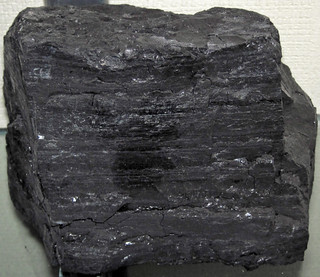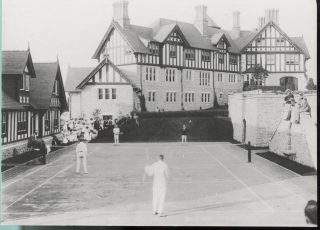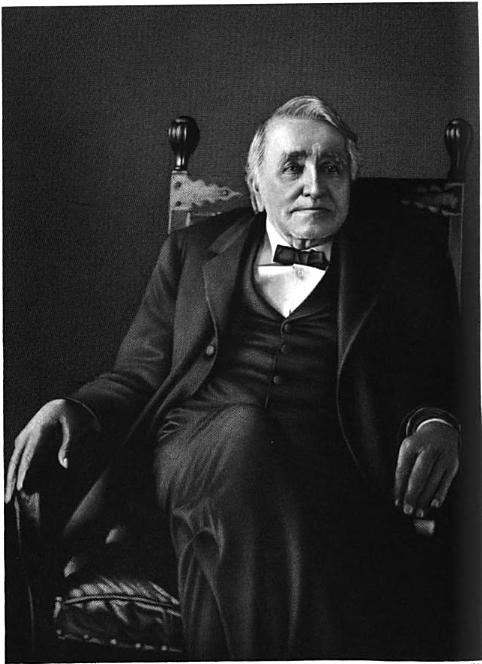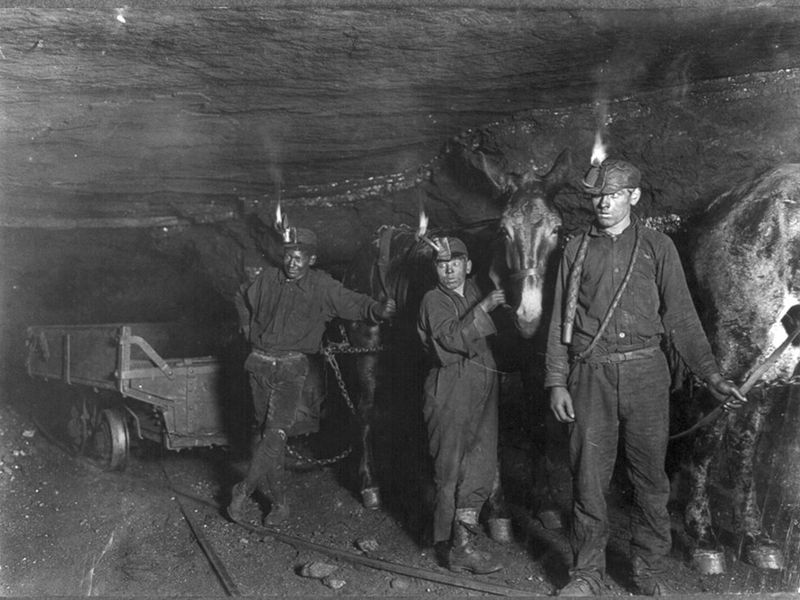Coal is still king! I live in West Virginia, and coal has had a significant impact on everyday life here for as far as I can remember. My father was not a coal miner, but one of the men working outside to keep the machinery working. He was an armature winder, which means he kept the motors fixed so men and coal could be drawn up to the surface and lowered back after emptied. My dad loved his job. It was a vital part of the mining process. If the machines went down, no work was done that day.
In general, almost everyone from West Virginia had a coal miner in their family. For me, that would have been my Paternal grandfather, and uncles. It’s a profession that gives you the satisfaction of knowing what you are doing is a much-needed service for your country. Furthermore, miners are proud people, and they go far underground each day, knowing the dangers, so we can have the electricity we need. While coal was king and one of the largest employers in the country, global warming and clean air are two significant issues,e helping coal production go way down.
Some in government would say coal is on its way out, and to this, I say coal will never be gone entirely. My reasons for thinking this include; that coal requires little processing to be used as fuel, right now coal furnishes roughly 40% 0f the world’s electricity needs. Coal is the energy that industries use to produce cement, chemicals, paper, and metals.
Approximately 70% of the world’s steel production is dependent on coal. Furthermore, coal is an ingredient used to create photographic film, electrodes, varnishes, perfumes, and inks.
I really cannot conceive of a world without coal. So many of our everyday needs are produced with coal. How do we generate the coal needed to survive? Coal miners and the machinery are required to drag it from the earth’s clutches. But mostly the men and women that sacrifice their safety and lives every day to bring us this precious commodity.
Anthracite, Bituminous, and Subbituminous
There are three different types of coal mined in the United States. We have Anthracite, which is made up of 86%-97% carbon, which is used mainly for heating.
Bituminous that is 45%-86% carbon. Most is used to run electric power plants but it is also used in coke plants, and industrial facilities. This type is what West Virginia has most to offer.
Subbituminous that has only 35%-45% carbon, and has a very low factor to use for heating.



How Coal Mining in WV Started…
John Peter Salley, in 1742 was following the Coal River near Boone County in WV and wrote about a “great plenty of coals.” he was an immigrant from Germany and was the first to write about this significant mineral that would come to define a nation.
It would be found later to be in notes from Thomas Jefferson also. Mining would move into the forefront starting in the early 1800s.
West Virginia is blessed to have a voluminous amount of energy rich bituminous coal. Out of the whole state, only 2 counties are not rich in these deposits.
Records indicate that the early settlers in the west part of Virginia were aware of the value of the rich black resources. Furthermore, it was shown that in 1810 a mine had been started near Wheeling, a city in the northern panhandle of West Virginia. With this, more mines eventually opened, and the coal rush was on! Moreover, it would become the biggest employer in West Virginia.
As coal was the biggest mineral for heating in the early 20th century the demand was high and by 1920, they were turning out nearly 100 million tons per year. I’m not sure even that was enough for the need. From 1927-1973, WV mined more coal than any other state.
My hometown, Fairmont WV, was a big coal-mining town, and had one of the biggest coal barons in the game. James O. Watson was an industrialist, and financer. He was known as “the father of West Virginia coal” With the fortune he made from mining, he erected a mansion that still stands today in the town.


Railroads Were the Movers of Coal
Railroads were probably the second largest employer in WV. 1883 was a significant year here because the coal could be shipped further with the coming of railroads. Before that, the coal was moved by very primitive means. First, of course, they would load it on horse-drawn carts, which could only be used for moving a short distance. After that, ships and barges could move the coal farther, but it was slow.
Meanwhile, with the grid of the railroads expanding from east to west, the demand for coal became more significant than ever before. When there were not enough trains, or the price to transport became too high, it is well known that coal companies built and owned their railroad.
It is well documented that Mr. Watson, the coal baron here, did just that.
Equipment Used to Bring Coal to the Surface
Coal mining is a manual labor job, no matter the improved instruments. At the early onset of coal mining, no special tools weres needed. Most just needed hammers, chisels, a pick-ax, and shovel. Just as stated above, all manual labor. They wore their regular clothes to work, with a hat that might have a metal ring around it that held a candle so they could see, and work boots. They took their tools back and forth each day to work.
When mining they worked in pairs as they did the undercut {scoring the seam}, then they would use a hand drill to make a hole and fill it with black powder to blast the seams free. Using the pickaxe to break the coal up and free it from the seam would come next.
They used horses and mules hitched up to carts to transport the coal to the surface.
The early years of the coal mining industry, was small scale when working this way. There was much danger, such as explosions, poor air quality, rock slides, and fires. The conditions were difficult and the hours long. As time advanced, new methods, tools, and machinery helped make the job safer. Just not danger-proof. There will always be accidents that will maim, and kill. This industry has had its fair share of accidents and deaths. The town my husband is from in West Virginia, was a big coal mining city by the name of Monongah. To this day, it still holds the record as the most significant mining disaster globally. Three hundred and Fifty deaths in this small town. It shook the family life to its core.
I hope I have made you think about how the coal industry will never completely go away. It is still used for so many other things other than heating.
Join me next week when my blog will be about The Monongah Mine Disaster, and how it brought lots of new changes in how we mine, and the policies, and laws used to this day.
Just remember that “History forgotten is history that is to be repeated.”

